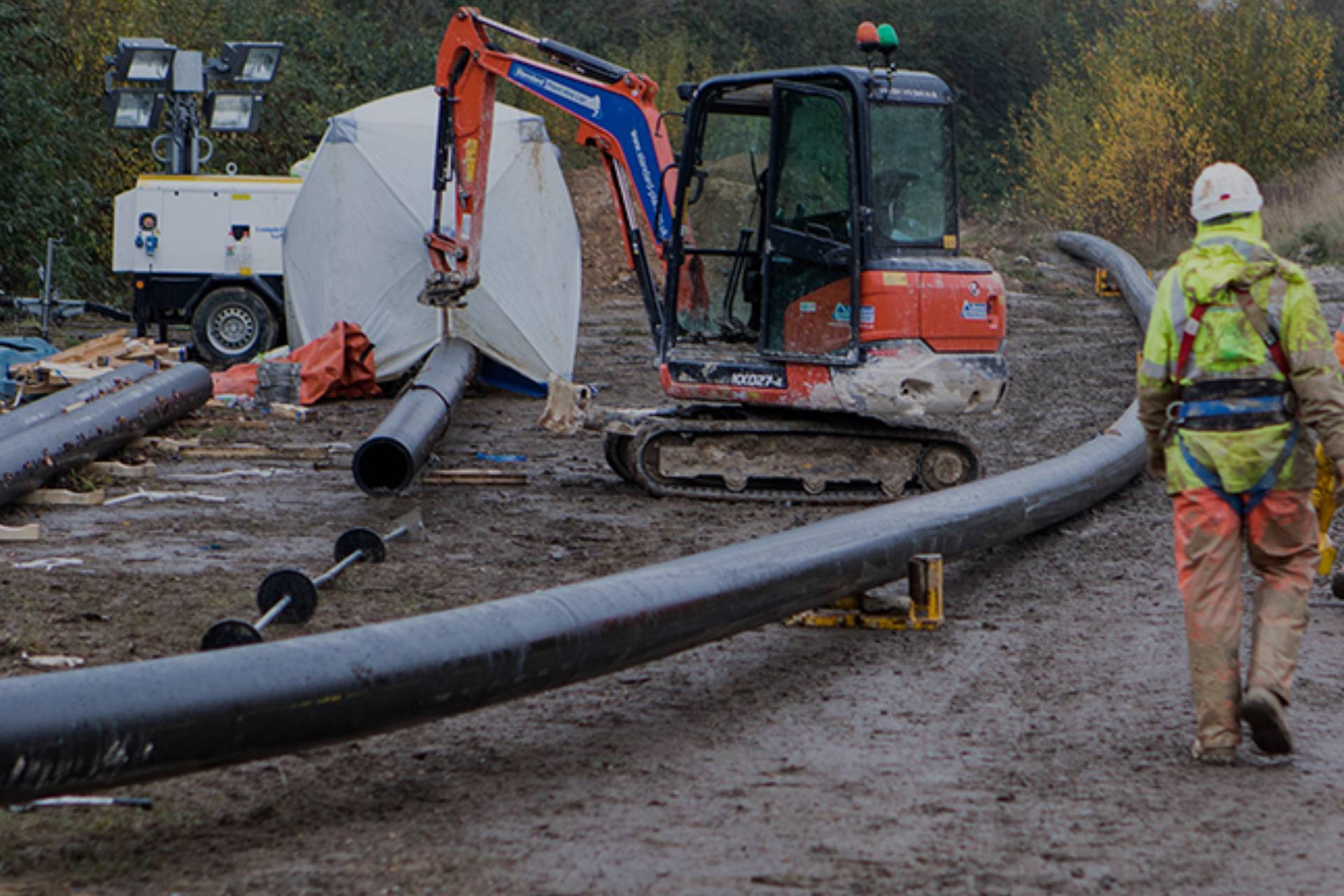Landscape planning is more than just designing gardens—it is about shaping outdoor spaces that balance nature, function, and beauty. From protecting biodiversity to supporting urban growth, it plays a vital role in how communities live, work, and thrive. This article explores what landscape planning involves, why it is needed, and how professional expertise ensures sustainable and visually appealing results that benefit both people and the environment.
Every town, city, and rural area has landscapes that affect daily life. From parks and gardens to woodlands and urban squares, these spaces shape our environment, health, and well-being. Good planning ensures that landscapes are functional, sustainable, and visually pleasing.
This is where Landscape Planning Services become essential. They provide structured approaches to designing, managing, and protecting natural and built environments. If you want to explore the subject further, visit https://artemis.uk.net/landscape-planning/.
What Is Landscape Planning?
Landscape planning is the process of assessing, designing, and managing outdoor spaces. It is about more than appearance—it ensures that landscapes meet environmental, social, and economic needs.
It involves:
- Assessment: Studying the natural features, wildlife, and land use.
- Design: Creating layouts that combine beauty and practicality.
- Management: Long-term strategies for maintenance and sustainability.
By balancing these aspects, landscape planning helps communities create spaces that work for people and nature.
Why Is Landscape Planning Needed?
1. Supporting Sustainable Development
With growing populations and urban expansion, careful planning prevents the overuse of land. It makes sure that development projects respect local ecosystems and minimise damage.
2. Enhancing Quality of Life
Green spaces improve air quality, reduce stress, and promote physical activity. Planned landscapes encourage social interaction, leisure, and healthier lifestyles.
3. Protecting Nature and Wildlife
Landscape planning identifies habitats that must be preserved. It protects biodiversity, ensuring plants and animals can thrive alongside human development.
4. Improving Land Value
Well-planned landscapes add value to residential, commercial, and public areas. Homes near attractive green spaces often achieve higher property prices.
5. Adapting to Climate Change
Flooding, heatwaves, and extreme weather affect communities worldwide. Planned landscapes provide natural solutions such as tree planting for shade, wetlands for water management, and green corridors for resilience.
Key Elements of Landscape Planning
Environmental Analysis
Understanding soil, water, climate, and vegetation is vital. This analysis guides decisions that protect natural resources and promote sustainability.
Land Use Planning
Deciding how land is used—whether for housing, parks, farming, or industry—is central to the process. It ensures that different needs fit together without conflict.
Aesthetic Design
Beauty matters. Well-designed landscapes make towns and cities attractive, creating pride and identity for local communities.
Cultural and Historical Value
Many landscapes carry heritage significance. Planning respects cultural landmarks, ancient sites, and historical features while blending them with modern needs.
Long-Term Maintenance
A well-planned landscape is not just created and left. It requires ongoing management to remain functional, safe, and appealing.
Role of Professionals in Landscape Planning
Experts bring vision and technical skills. They combine creativity with environmental knowledge to design landscapes that serve people and protect nature.
Professional Landscape Planning Services often include:
- Environmental impact assessments
- Design proposals for housing and commercial projects
- Community consultations
- Legal guidance on land use policies
- Sustainable management plans
Working with specialists ensures that projects are not only beautiful but also compliant with regulations and environmentally responsible.
Benefits to Communities
Health and Well-Being
Green spaces are proven to reduce stress, improve mental health, and encourage physical activity. Children, in particular, benefit from safe and accessible outdoor areas.
Economic Growth
Attractive landscapes draw businesses, tourism, and investment. Local shops, restaurants, and cultural venues thrive in well-designed environments.
Stronger Communities
Shared outdoor spaces bring people together. From local parks to urban squares, they provide areas for events, sports, and social gatherings.
Environmental Protection
Well-planned landscapes reduce pollution, conserve water, and support biodiversity. They help towns and cities adapt to climate challenges.
Challenges in Landscape Planning
Urbanisation
As cities expand, green areas are often lost. Balancing growth with conservation is a constant challenge.
Funding
Maintaining landscapes requires investment. Limited budgets can affect the quality and upkeep of public spaces.
Climate Pressures
Extreme weather demands new solutions. Planners must design flexible and resilient landscapes that can adapt to future changes.
Balancing Stakeholder Needs
Different groups—residents, businesses, developers, and governments—often have competing priorities. Successful planning finds compromises that benefit everyone.
Conclusion
Landscape planning is not a luxury—it is a necessity. It shapes how people experience their surroundings, protects the natural world, and supports sustainable growth. By working with professionals and investing in thoughtful design, communities can create landscapes that are functional, resilient, and inspiring.




